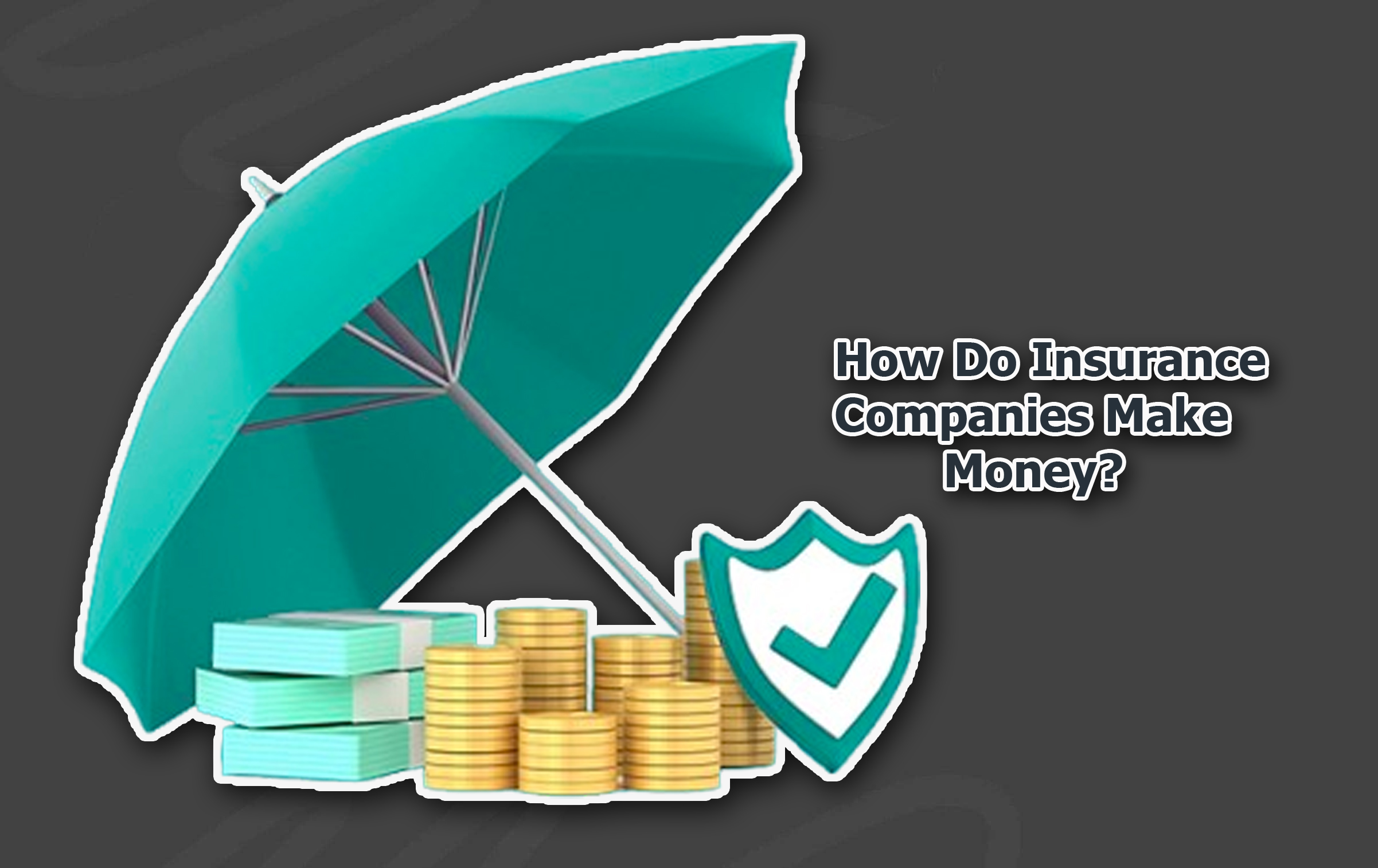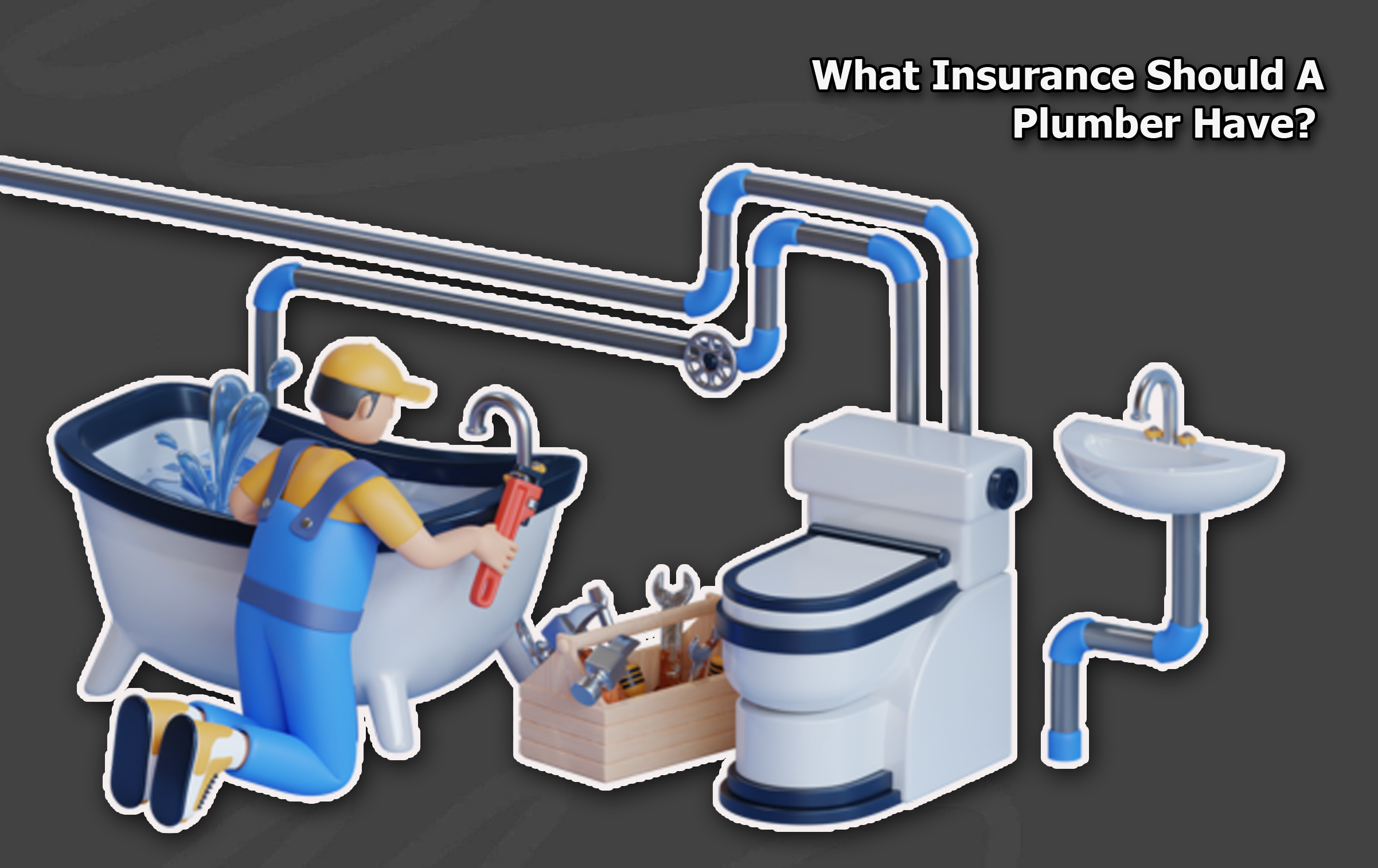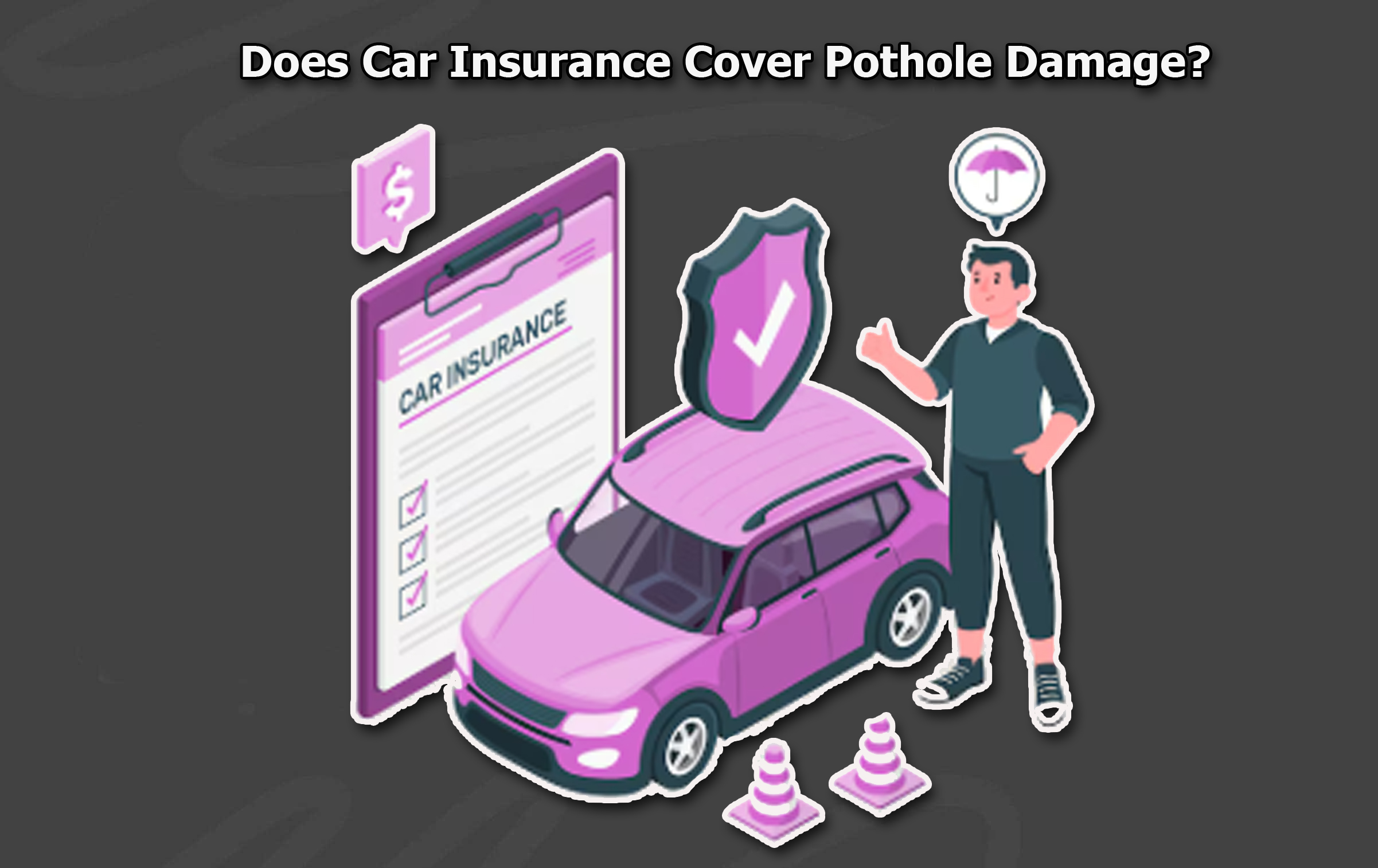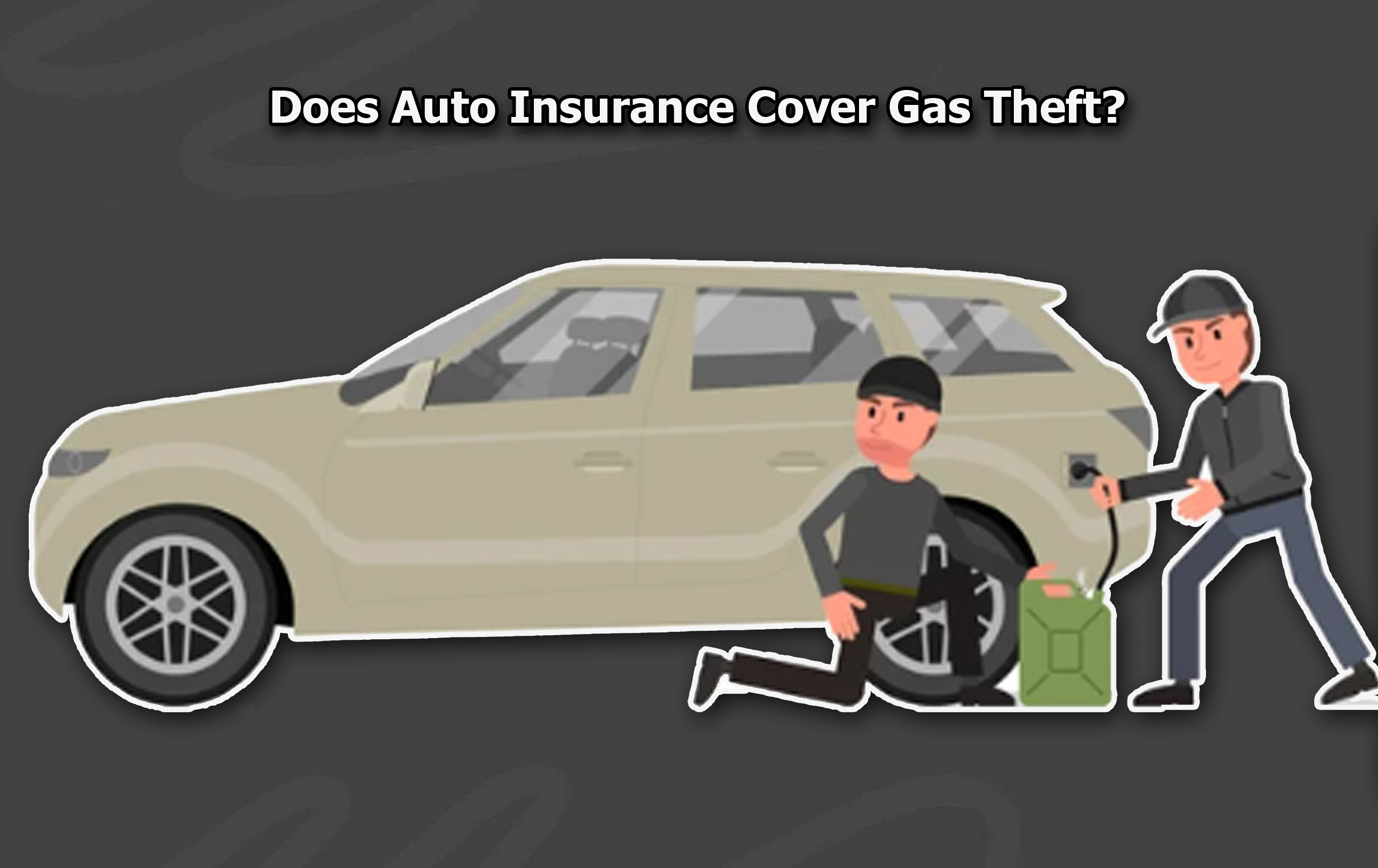A captive insurance company is a specialized type of insurance firm that is created and owned by a business to provide coverage for its own risks.

Unlike traditional insurance companies, which offer policies to the public, a captive insurance company is designed to cover the risks of its parent organization.
This setup allows businesses to have more control over their insurance needs, manage costs more effectively, and tailor coverage to their specific risks.
Captive insurance companies are especially useful for large businesses with unique or complex risk profiles. They can help reduce reliance on external insurers and even generate profits by insuring risks that might otherwise be difficult or expensive to cover.
Overall, a captive insurance company is an innovative way for businesses to protect themselves while maintaining greater financial flexibility.
Understanding Captive Insurance Company
A captive insurance company is a type of self-insurance where a business creates its own insurance company to cover certain risks. Instead of buying insurance from another company, the business sets up this separate entity to manage its own risks.
While this can save money in the long run, it comes with extra costs and responsibilities.
Businesses must pay for things like setting up the company, hiring staff, and managing the administration. There are also complex legal rules to follow.
Because of these challenges, most businesses that create captive insurance companies still rely on traditional insurance companies for some risks.
They may also use reinsurance companies to share the risk that their captive company can’t cover on its own. This way, they can balance the benefits and costs of self-insuring.
Pros And Cons Of Captives
This is a very good type of insurance that enables a company to meet its set risk management needs. Here are some of its pros and cons;
Pros
- Tax advantages
- Good Control over coverage and filed claims
- Underwriting profits
- Helps to save costs
Cons
- The company’s capital is at a huge risk
- Potential compliance problems
- May be underinsured
- Overhead expenses
- Startup costs.
What Are The Types Of Captives In Insurance?
Captive insurance comes in different types, each designed to meet specific needs. Here are some common options:
- Pure Captive: This is owned by one company that insures its own risks. It’s often used by large businesses that need to cover a variety of unique risks.
- Group Captive: More than one company coming together to form a captive insurance company. This is ideal for smaller businesses that want more coverage than traditional insurance offers.
- Rental Captive: This lets companies enjoy the benefits of captive insurance without the hassle of setting one up. They “rent” insurance services from an existing captive for a fee.
- Association Captive: Similar to a group captive, but instead of just sharing risks, the companies involved belong to the same industry association.
Just so you know, Each of these type is designed to give businesses more control over their insurance needs.
What Types Of Coverage Do Captive Insurance Company Provide?
Captive insurance doesn’t cover every kind of risk. Companies still use regular insurance for some things. However, captives are useful for managing risks that traditional insurers might not cover.
Typically, captive insurance is used for common types of coverage like general liability, product liability, professional liability, and workers’ compensation. It helps businesses handle these risks more directly, giving them more control.
Captive Insurance Companies And Tax Issues
The tax rules for captive insurance companies are straightforward but need careful attention. Many U.S. states allow captives, and one reason companies set them up is to avoid high tax rates.
However, to qualify as legitimate insurance for tax purposes, the company must meet IRS requirements for “risk distribution” and “risk shifting.”
The IRS has warned that it will target captives used for tax evasion. Captives can also face high costs, and a single large claim could potentially bankrupt a captive, unlike traditional insurers that spread risk across many clients.
Therefore, the financial stability of a captive depends on how well it manages risk.
Frequently Asked Questions
What Regulations Govern Captive Insurance Companies?
Captive insurance companies are subject to regulation by the insurance authorities of their chosen domicile. Different jurisdictions have different regulatory frameworks, licensing requirements, and capital requirements.
What Are Common Risks Covered By Captive Insurance?
Common risks include general liability, property damage, workers’ compensation, and specialized risks relevant to the specific business or industry.
Can Captives Invest Funds?
Yes, captive insurance companies can invest their reserves. The investment strategy can vary, but it is typically aligned with regulatory requirements and the goals of the captive.
How Can I Determine If A Captive Insurance Company Is Right For My Business?
A thorough risk assessment, analysis of potential savings, and consideration of your organization’s unique needs are essential. Consulting with a captive insurance expert or broker can provide tailored advice and guidance.








